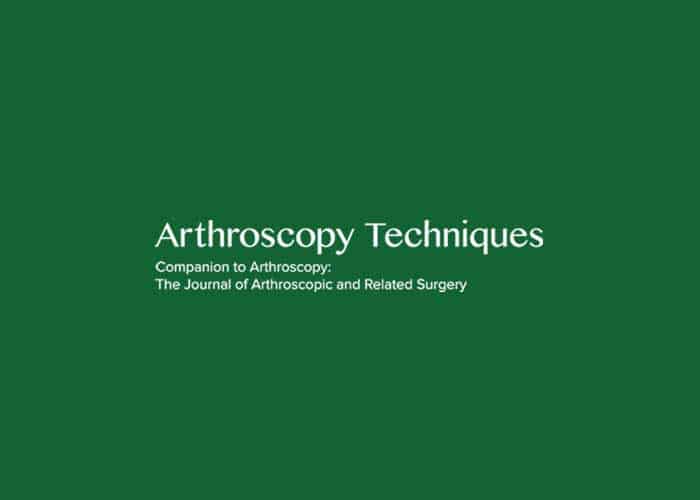
Authors:
Ariel N. Rodriguez, M.S., Foley Schreier, B.S., Gregory B. Carlson, M.D., and Robert F. LaPrade, M.D., Ph.D.
Abstract:
Decreased posterior tibial slope has been associated with increased risk of graft failure and knee instability after posterior cruciate ligament (PCL) reconstruction. Premature physeal arrest at the tibial tubercle is a common cause of osseous genu recurvatum. Surgical management is recommended to correct the tibial slope and prolong the integrity of the PCL graft. This article discusses our preferred treatment using a proximal tibial opening wedge osteotomy for surgical management of posterior knee instability and genu recurvatum secondary to significant anterior tibial slope.
Proximal tibial opening wedge osteotomies are indicated for cases of symptomatic genu recurvatum or increased anterior slope. A systematic review supported surgical management of symptomatic genu recurvatum using an anterior opening-wedge PTO to increase the tibial slope. Correcting the anterior slope to a more anatomic, posterior orientation would allow the ligaments to return to their normal tension and restore the native biomechanics of the knee.1 Symptomatic genu recurvatum is defined as symptomatic hyperextension of the knee >5°.1 The most common symptoms of genu recurvatum include pain, weakness, instability, decreased range of motion, leg length discrepancy, and stretching of the posterior capsuloligamentous structures of the knee.1,2 Genu recurvatum can be categorized as osseous, ligamentous, or combined. Premature physeal arrest, which in many cases occurs at the tibial tubercle growth plate, is a major cause of osseous genu recurvatum.1,2 Flattening of the tibial slope has been shown to correlate with higher remaining posterior tibial translation (PTT) and less reduction of PTT after posterior cruciate ligament (PCL) reconstruction.3, 4, 5, 6 Decreased posterior slope has also been shown to be associated with greater hyperextension of the knee.6,7 Because of the effect of tibial slope on PTT, patients with PCL reconstruction are at increased risk of postoperative instability.3
You may download the full study here: Proximal Tibial Opening Wedge Osteotomy for the Treatment of Posterior Knee Instability and Genu Recurvatum Secondary to Increased Anterior Tibial Slope
